Search
Search Results
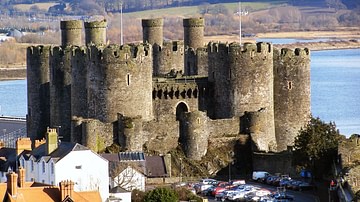
Definition
Conwy Castle
Conwy Castle (aka Conway Castle), located in North Wales, was built by Edward I of England (r. 1272-1307 CE) from 1283 to 1292 CE to protect and maintain, along with several other castles, his newly acquired dominance in the region. Built...
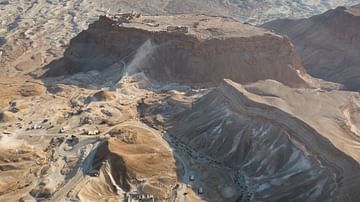
Definition
Masada
Masada (“fortress” in Hebrew) is a mountain complex in Israel in the Judean desert that overlooks the Dead Sea. It is famous for the last stand of the Zealots (and Sicarii) in the Jewish Revolt against Rome (66-73 CE). Masada is a UNESCO...

Definition
Caesarea Maritima
Caesarea Maritima was a city built over 2,000 years ago (c. 22-10 BCE) on the coast of the Eastern Mediterranean. With Roman engineering and largesse, Herod the Great (r. 37-4 BCE) accomplished this feat by constructing a whole metropolis...
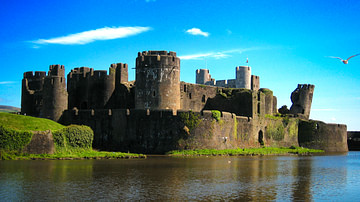
Definition
Caerphilly Castle
Caerphilly Castle (aka Caerffili), located in South Wales, was first built between 1268 and 1290 CE. The largest medieval castle in Wales, Caerphilly was built with a concentric design by Gilbert de Clare (1243-1295 CE) as a robust defence...
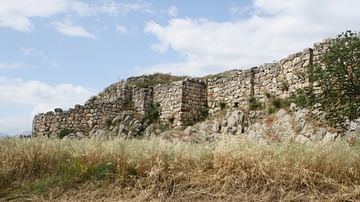
Definition
Tiryns
Located on the fertile Argolid plain, Tiryns lies between Nafplion and Argos in the eastern Peloponnese in Greece. The site has been inhabited since the Neolithic Age (7th-4th millennium BCE) but reached its greatest period of importance...
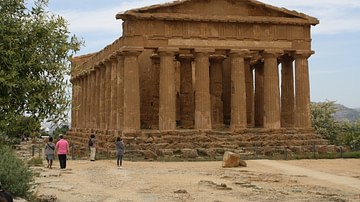
Definition
Agrigento
Agrigento (Greek: Akragas, Latin: Agrigentum) was a Greek-founded city-state located on the south coast of Sicily near the river Akragas (now S. Biagio) just 5 km from the sea. At its peak, the city may have had as many as 300,000 inhabitants...
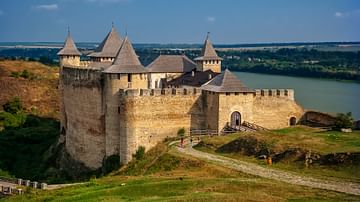
Definition
Khotyn Fortress
Khotyn fortress is a complex of fortifications situated on the hilly right bank of the Dniester in Khotyn, Ukraine. It consists of a 13th-century stronghold and an 18th-century bastion surrounding it. It is one of the oldest preserved fortifications...

Definition
Chrocus
Chrocus (Crocus) was a king of the Alemanni who invaded Roman Gaul c. 256 CE until he was defeated by the Roman legions at Arles and then executed. Conversely, he was a king of the Alemanni who served Rome and supported Constantine the Great...

Image
Hellenistic Gate, Butrint
A gate entrance in the Hellenistic fortification walls of Butrint (modern Albania), 2nd century BCE. Constructed using large ashlar blocks with angled joins designed to minimise earthquake damage. Despite this precaution the large cracks...
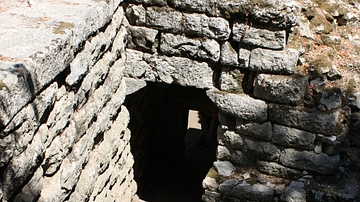
Image
Interior Gate, Butrint
The inside steps descending to the 'lion gate' of Butrint, 2nd century BCE (modified 2nd century CE). The steep incline immediately after a fortification gate was an added defence to restrict access in case of attack.